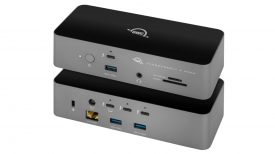Guest post by Slavik Boyechko:
Reindeer ass thumbnail aside, the video above is two minutes and thirty seconds of every single slide shot I’ve used in videos from November 2013 to April 2014. For me it’s an interesting reflection, because until November when I purchased the Cinevate Duzi, I would never bring a slider on run and gun doc shoots, or on any trip that required air travel. So absolutely none of these shots would exist.
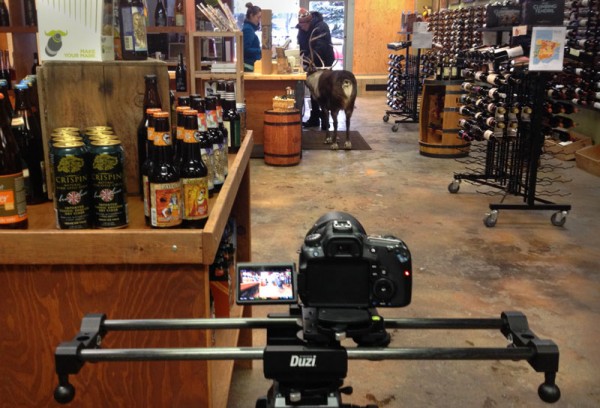
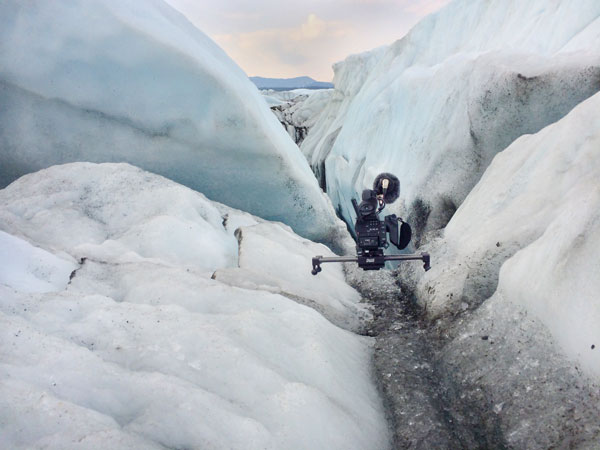
Now, the Duzi comes with me on every single shoot, even on family vacations, even to NAB earlier this month when I knew I would most likely not use it… but that’s the point of travel-size gear, you no longer have to weigh whether to bring something or not.
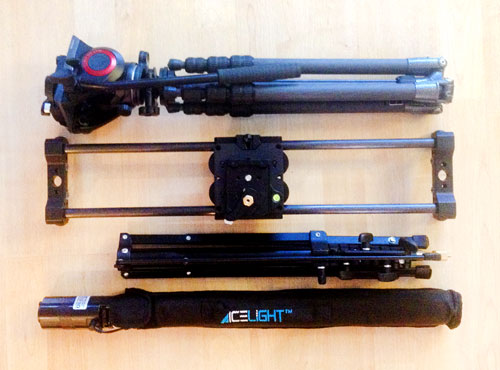
If you haven’t read a review of the Duzi already, in summary, the benefits of a slider built on 15mm carbon rods are: it’s very light and small, it’s smooth and rarely gets dirty or dusty, it’s weather-resistant, and its simple design makes it super easy to adjust friction or to take apart.
Now, as a warning, Cinevate does not recommend anyone take apart the Duzi for any reason. So it may void your . But this is what makes it so much more attractive than other sliders built as single pieces.
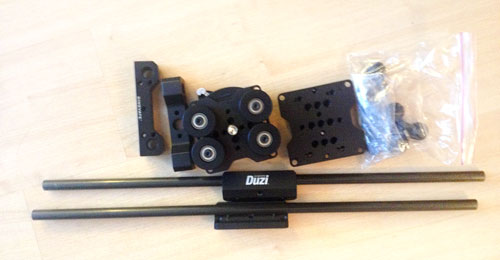
The Duzi is a great value ($400) and works well with DSLRs and other heavier cameras, the little ball feet make for easy adjustment on uneven surfaces, and now they have all-terrain legs as an accessory purchase. The current version has some slight improvements over version 1, and it’s been tested in very cold (like -40 degrees in Canada cold) and warm temperatures. When not placed on a hard surface, the Duzi works just as well on a nice, medium to heavy tripod, or two light stands on each end (which is a really convenient feature in and of itself).
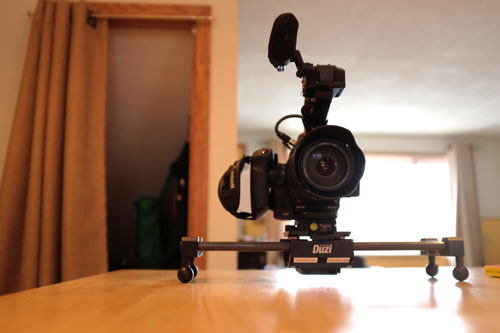
But, I like to put my C100 and the Duzi on my ultralight Gitzo 1542T tripod (with a Manfrotto 500AH head and Acratech leveling base, by the way), and this makes for a very top heavy slider setup on some skinny chicken legs. What I found with this setup was the far ends of a slide would droop heavily to the sides, so for a straight slide I would typically use only the middle 18 inches or so of the full 24 inch Duzi. Thankfully the Duzi is so smooth that I could slide really slow, and get a good 5 seconds for a shot, and this was all I needed in a video anyway.
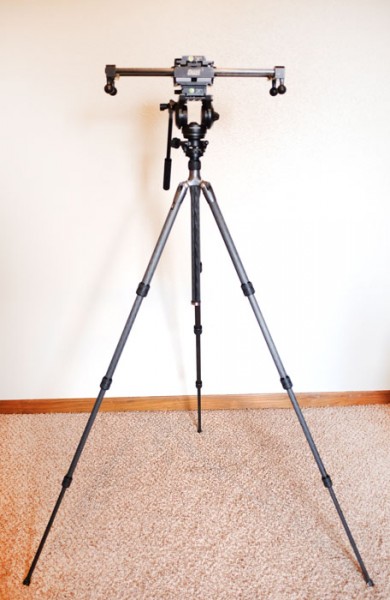
So, against Cinevate’s recommendations, I ordered their 45cm (17.7 inches) carbon rods, and made what is arguably the shortest slider around. The smallest Edelkrone Slider Plus is about the same size, with a similar travel distance on a tripod, but shorter on a hard surface. And, the Duzi weighs less and is so simply designed that it’s easy to take apart for travel or repair if you lose a part (I lost a washer at one point and it was easy to replace). All the bolts can be adjusted with standard hex keys.
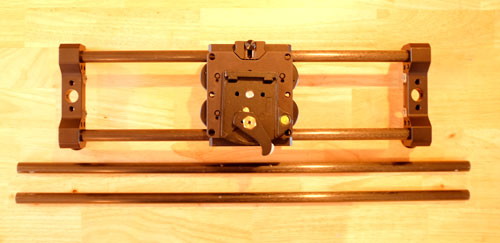
I actually got my Cinevate 45cm rods from Amazon and one ended up being slightly wider than the other, so I had to mallet the ends together so tightly that it’s probably not coming apart. If you end up doing a similar mod, hopefully your rods will be equal in girth so that you can disassemble the Duzi for projects that require longer slides. I can’t speak for other manufacturer’s carbon rods, but Cinevate’s are really durable and smooth – I’d be curious if someone tried Cinevate’s 100cm rods for an extra-long modification.
So there you have it, a slider I now bring everywhere with me. And most of the time I can just leave the Duzi on my tripod, set the break, and continue to use the tripod for pans and tilts. It’s essential to have quick release plates on top and below the Duzi for easy access.
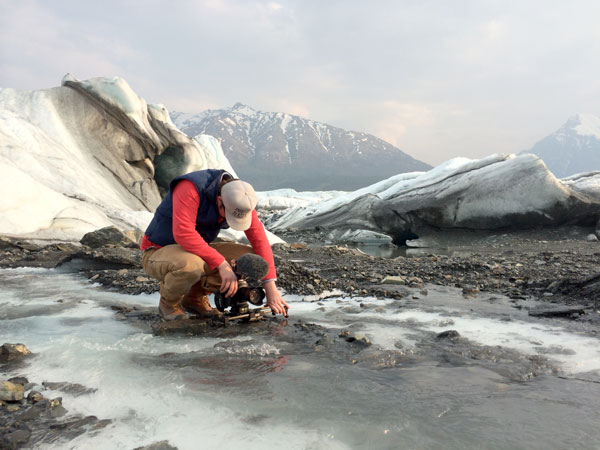
Are there issues with the Duzi, apart from this tiny version having a really short slide window? As others have noted, the break can be frustrating because it’s not very secure, and forces the heavy slider bearings to sit in the center, which is not always the best place for transportation. Also I like to keep my bearings really loose, which is why I ended up dropping a wheel and losing a washer in the first place, but that’s on me.
You can find out more about the Duzi on the Cinevate website.
Slavik Boyechko is a documentary filmmaker and Digital Media Director at Alaska Public Media, where he develops TV programs and shoots and edits the PBS Digital Studios series INDIE ALASKA. You can follow him on Twitter @akvideoshooter.





